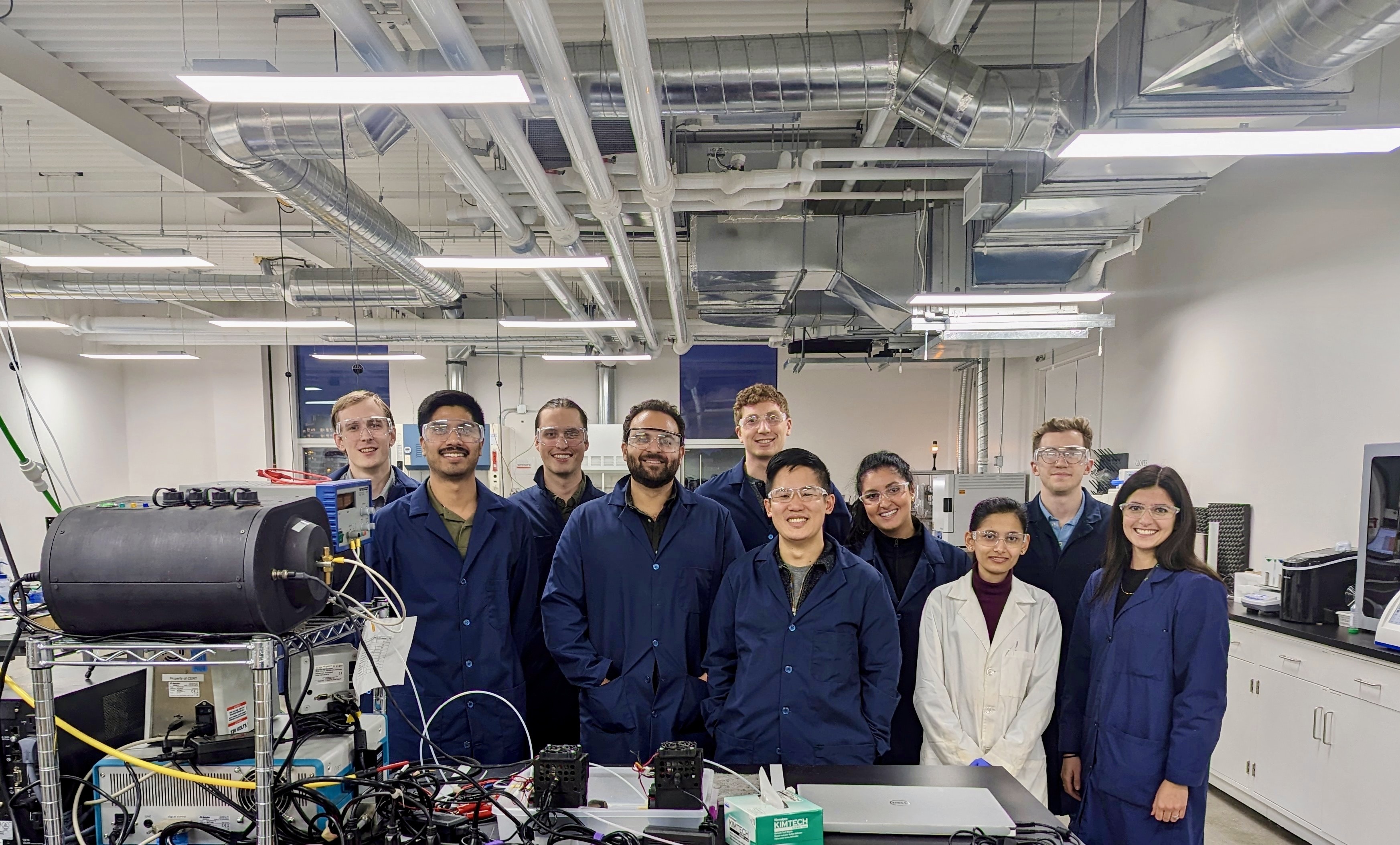
Companies working on innovative solutions converting carbon dioxide to useful chemical feedstock use electrolysers that, today, have inadequate lifespans. Today’s CO2 reduction electrolysers have an average lifespan of ~100 hours, well below industry targets in the tens of thousands of hours.
Operators often don’t know why their electrolysers fail, and, by extension, have very few tools to predict when failure might be imminent. This basic operational shortfall is holding back this nascent and extremely promising sector.

EIS monitoring can help operators catalogue and analyze electrolyser failures, with a long-term goal of establishing a failure prediction framework.
CERT Systems, a chemical feedstock development company, co-authored a research article with Pulsenics showing how in-operando EIS can accurately characterize common failure modes like compressions, salt formation, and membrane short circuits. This paper, “Early Warning for the Electrolyzer: Monitoring CO2 Reduction via In-Line Electrochemical Impedance Spectroscopy,” was published in Chemistry Europe and went on to be a Top 10% most viewed article of all time.
Special thanks to our research partners Hugh Warkentin, Dr. Colin P. O’Brien, Sarah Holowka, Dr. Ali Shayesteh Zeraati, Dr. Christine M. Gabardo, and Prof. David Sinton of the Department of Mechanical and Industrial Engineering at the University of Toronto.
Read more
Pulsenics Leads the Charge in Extending CO₂ Electrolyser Lifespans, by Oil and Gas Middle East
